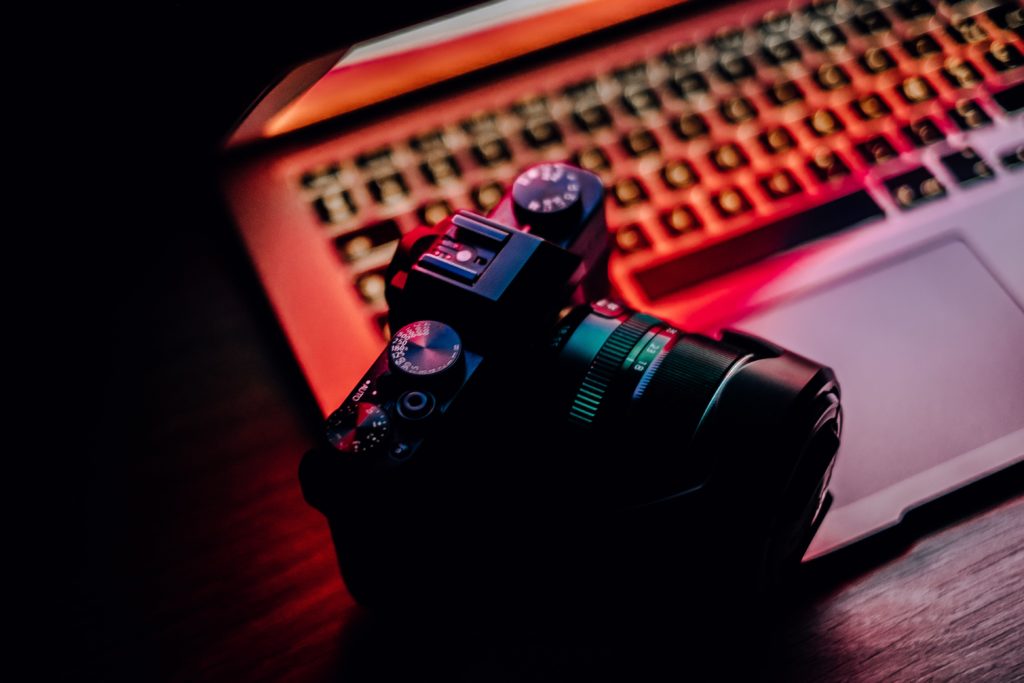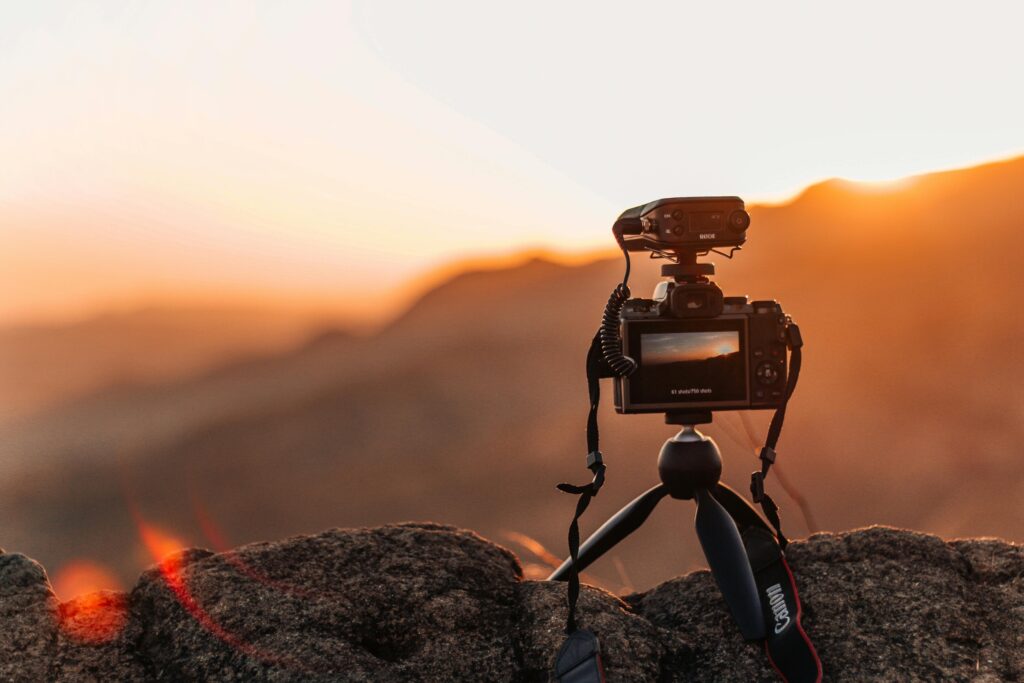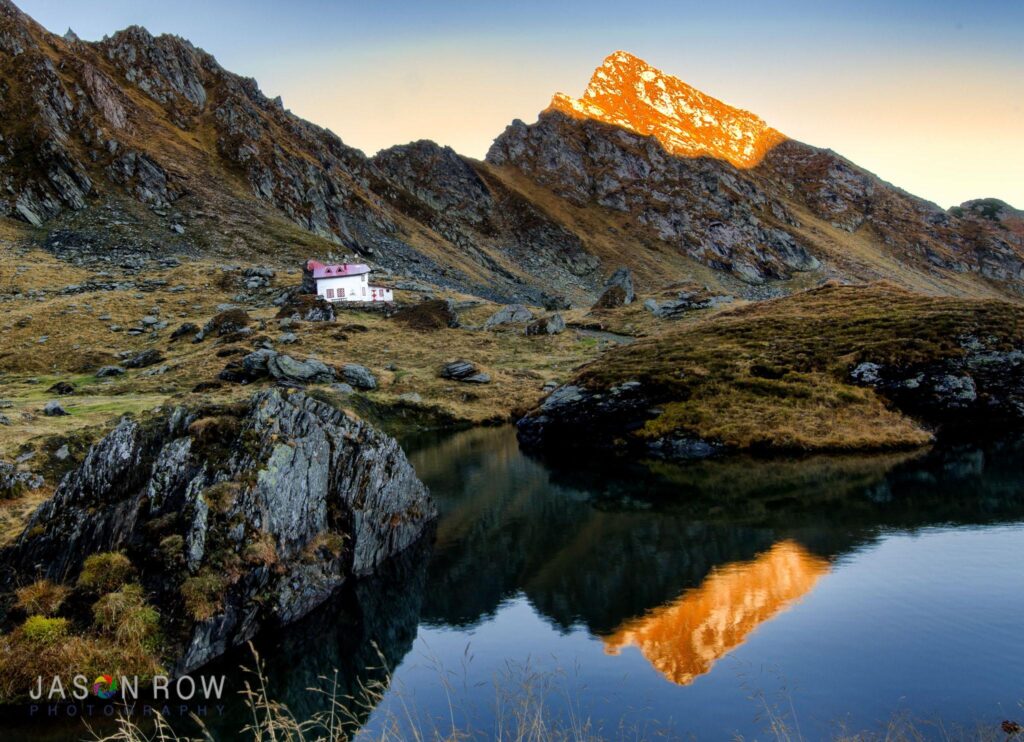Printed magazines aren't dead yet!
I am sure that like me, you have read many articles decrying the death of print. These articles tend to shout about the benefits of e-readers, digital magazines, vlogs, and blogging websites. If you were to read all of these articles, you would soon come away with the impression that nobody prints anything anymore.
That, however, couldn’t be further from the truth. A trip to my local newsagents shows that, far from being dead, the printed magazine seems to be as diverse as ever. In particular, the variety of printed photographic magazines seems to be wider than ever. So are printed magazines still relevant today? I believe so and today I am going to tell you why.

That Tactile Feel
I am sure that like me, you own one or two photographic coffee table books. I am also sure that they do not serve just as decoration, you pick them up, read them, get inspired by them. Magazines are the same. There is something pleasurable about opening your favorite photographic magazine, admiring the pictures, or digesting the words of wisdom contained within.
Because a printed magazine is relatively cheap, you can cut out images that inspire you and put them on mood boards. These in turn can inspire you on your next shoot. You can even take a photographic magazine on your next shoot, to read if the weather is not playing ball.

The Images Have Punch
I mean this both physically and metaphorically. Physically, the printed images have a gloss feel, similar to what you might find when you have your own images printed. It makes them stand out much more than looking at them on a monitor. Unless you have a calibrated monitor, colors are more faithfully reproduced in magazines, you get to see them as the photographer intended.
So what do I mean about the images having punch metaphorically? The images you see in a printed magazine are highly curated. A picture editor will have spent hours poring over hundreds if not thousands of images. His or her trained eye will bring you, subjectively, the best images to illustrate an article.
Contrast that to how we view photography online. We are fed a constant stream of often mediocre or over-processed images, that visually merge into each other. This in turn makes some photographers turn to ever extreme processing to get likes. All the while the understanding of light and composition gets lost. Photographic magazines remain a bastion of good photography.
Genuine Reviews
How often do you go to YouTube on a product launch day, only to find the same faces producing the same puff pieces, vaguely concealed as reviews? That’s the nature of modern marketing, paid influencers ”reviewing” products, knowing that if they publish a bad review, they will not get any products (and/or sponsorship money) from that company again.
Magazines are a little more independent. There are still financial pressures in the form of advertisers, but most magazines do not carry all their eggs in one basket. That makes them freer to make objective reviews on new products.
There is another argument in favor of this. Most of the magazine reviewers are career photography journalists. They know their way around a camera and that camera’s capabilities. They also can take good pictures themselves. This contrasts with the Youtube reviewers who are often coming more from a general tech-based background rather than a pure photographic one.
Magazine reviews will often look at all aspects of a product. For example, a camera review might have scientific testing of its sensor, but also there will be real-world testing in different conditions.

In-Depth Articles
Printed photographic magazines tend to have more in-depth articles. They often cover a particular subject much more comprehensively than a web-based site. They are not constrained by the need for SEO and search engine optimization. For online articles, this tends to dictate that the piece should fit within a certain number of words and that a significant number of those, should be keywords.
This can be quite constraining. In contrast, printed magazine journalists can write more freely, and use more flowery prose to illuminate a particular subject. This in turn can make those articles real page-turners.
The demographic that reads printed magazines tend to be older as well. This often means that they have much more experience as photographers, perhaps even a grounding from the days of film. This means a printed photographic magazine will often tackle more complex subjects than you might find online.
Photographer Interviews And Spotlights
One thing printed magazines do very well is to highlight a particular photographer’s work. I should know as I have been featured three times in Digital Photographer magazine in the UK. Most magazines will feature several guest photographers in each monthly edition. There will be a range of genres covered from landscapes to macro.
I find this photographer's spotlights really helpful and inspiring. It's really useful to see what others are doing, not only in your own genres but perhaps in genres you had never even thought about.
There is also a sense of immense pride in seeing your images published in print. It’s something that most photographers aspire to.
Whether being seen in a printed photography magazine brings in work is debatable, but it does mean that your work is seen by a more discerning audience, one that has paid to buy the magazine.

Of course, I am fully aware of the irony that this article is being written for an online photography blog. However, I am sure most of you know that Light Stalking is consistently up there as one of the best on the Internet. In fact, they have published an article on the best printed photographic magazines.
However, there are often times that we don’t want to sit in front of a screen to digest our photographic fix. We might want to simply chill on a sofa, drink a good coffee and flick through a glossy photographic magazine. Apart from actually taking images, there are a few finer ways to relax.





3 Comments
In many ways I tend to agree with your article, especially as I am a total book collector, but, mags (my area camera and computer mags) are also rather blinkered viz: most camera mag articles relate directly to techniques / practices / hardware for Canon / Nikon / Sony and in the main totally ignore alternatives.
The fact that many magazine reviewers are career photography journalists is a double edged sword making them reluctant to step outside their comfort zone / cosy manufacturer / social relationships. I’ve lost count of the cut & paste articles which discuss the ‘exposure triangle’ when F stop and shutter speed ONLY control exposure, ISO should be thought of as a signal processor / booster, like turning the volume up on a poor radio signal.
Computer mags are equally blind to alternatives to Microsoft & Apple; MS Office etc.
I agree on ALL counts. Plus the existing magazines out there are shrinking (the only one I subscribed to that’s still publishing is Outdoor Photographer). I keep hoping the printed magazines make a comeback. This is the only article on the subject I’ve seen. Reading everything on a screen is really hard on the eyes, too.
Most all of the magazine subscriptions, photography included, have gone digital. I really miss being able to sit in my chair with a cup of coffee and read the articles. I very rarely read online magazines. I sit in front of my computer too much as it is. I don’t want to spend my free time there as well.